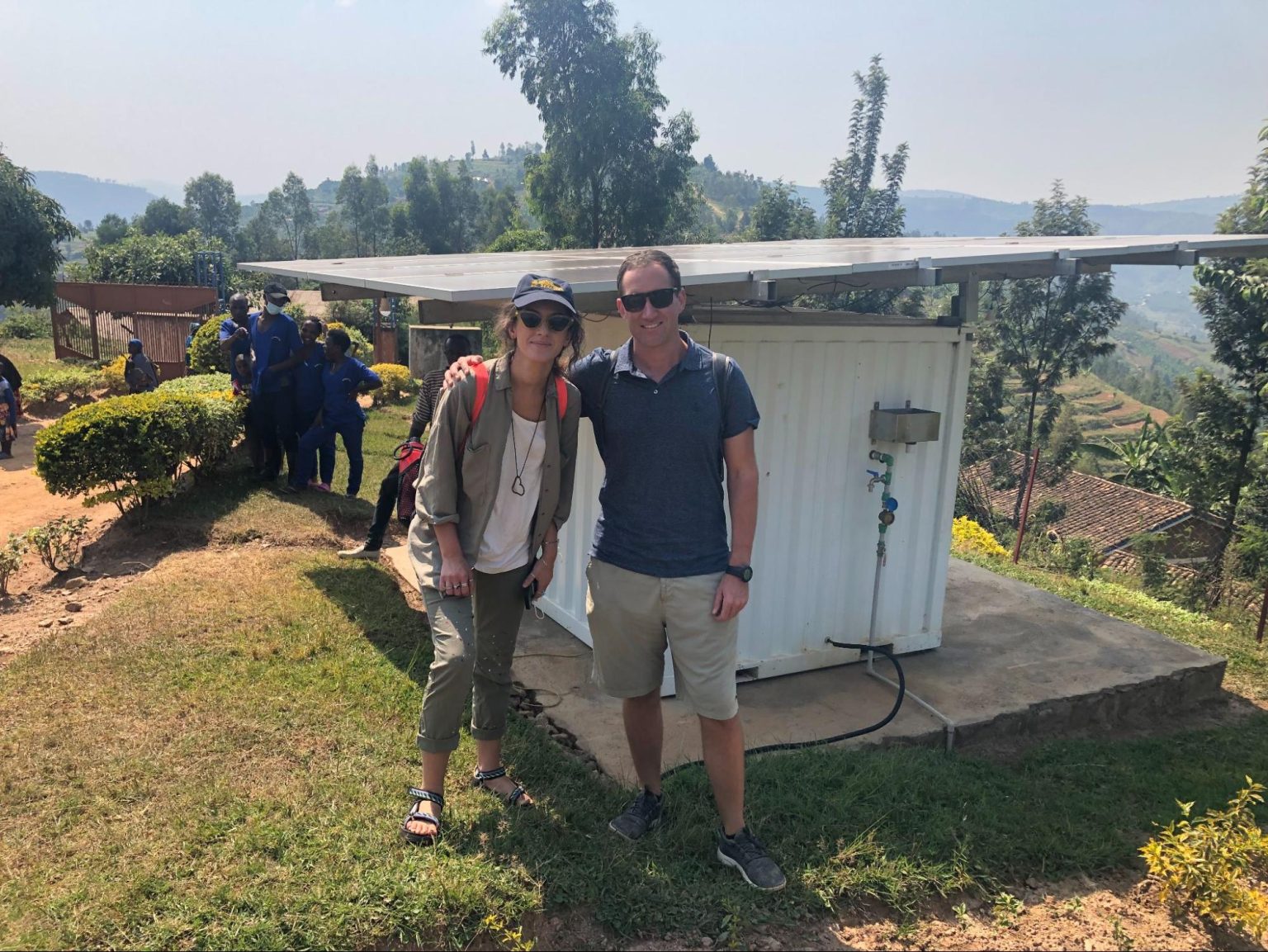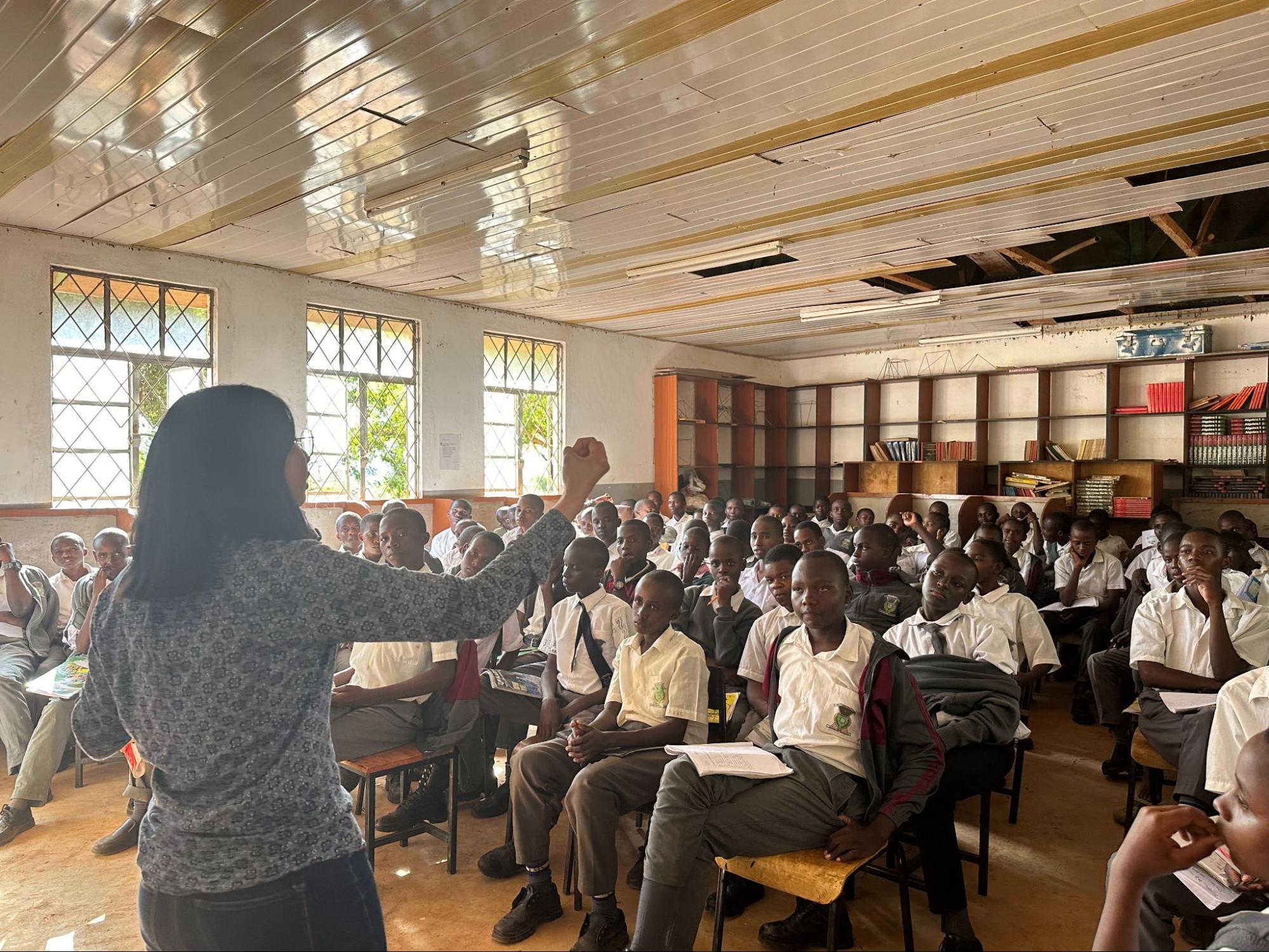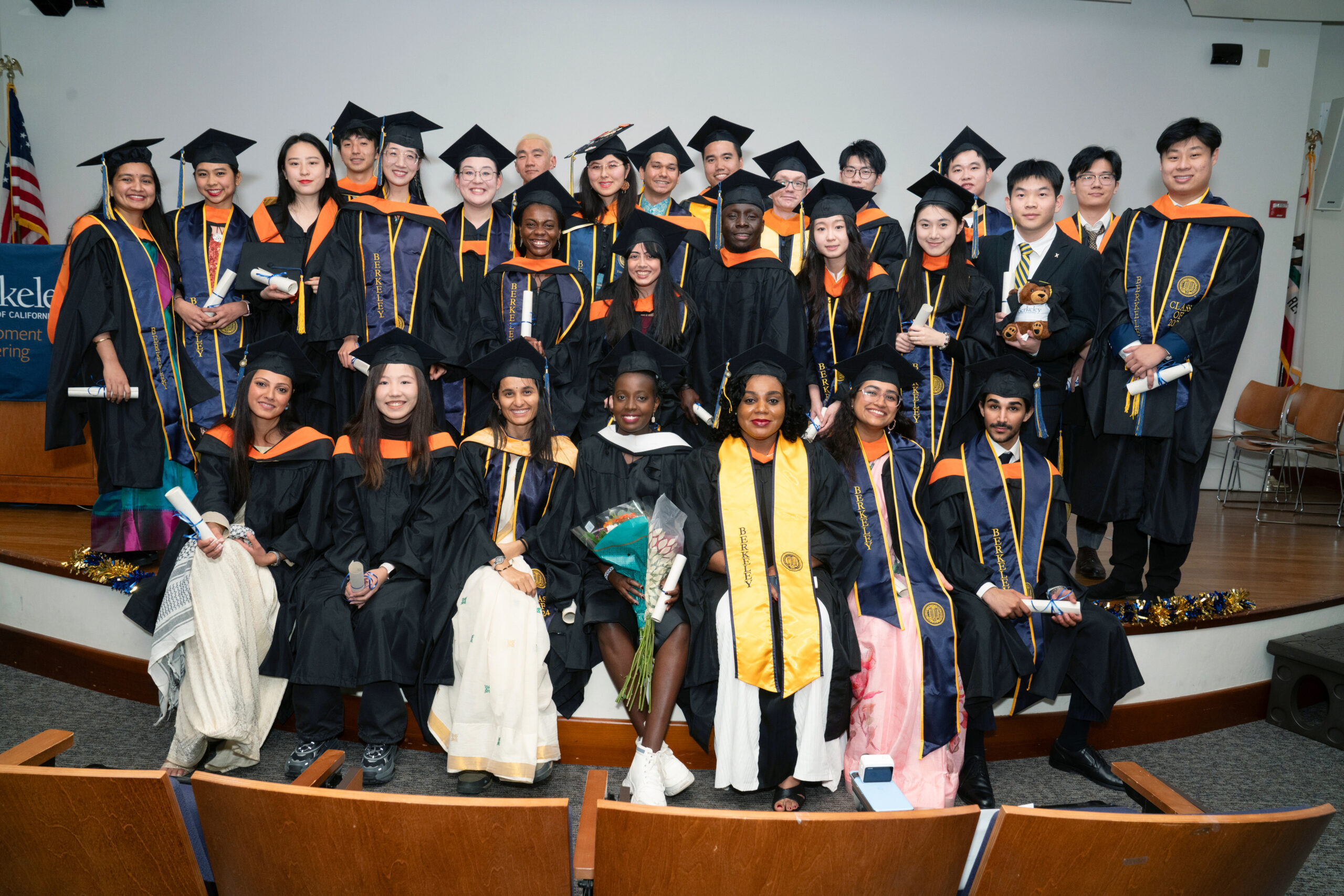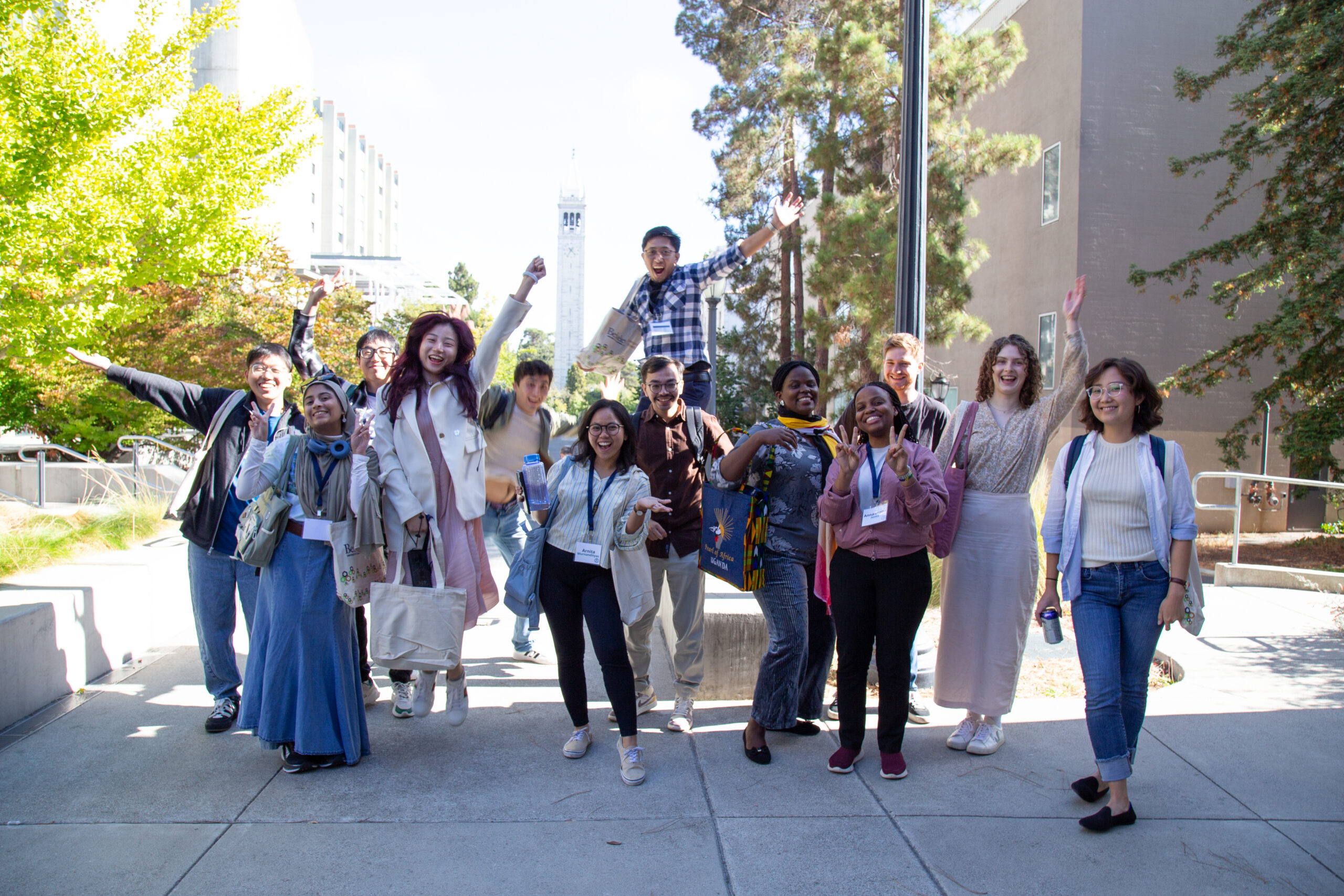Health care is a basic human right and a core resource for achieving the UN-adopted Sustainable Development Goals. But fully sixty percent, or roughly 100,000, healthcare facilities across sub-Saharan Africa do not have access to reliable electricity, or to electricity at all.
There is a well-documented correlation between energy access and positive health outcomes, a key reason why governments and development practitioners have committed to achieving universal electrification of health facilities by 2030.
This problem is right up Ingrid Xhafa’s alley. Xhafa has worked in the development sector for a decade and graduated from the Master of Development Engineering program last December with a focus on energy and environment. The intersection of healthcare and energy was also the focus of another recent MDevEng graduate, Greg Berger. Together, Berger and Xhafa, both in the program’s Energy, Water, and the Environment track, examined the energy needs of healthcare clinics in one sub-Saharan country, Rwanda, as their MDevEng capstone project.
Berger has always had a profound interest in energy. With a background in mechanical engineering, he plans to use his education to implement sustainable energy technologies in an equitable way. “Energy is pivotal to the foundation of modern human activities,” he says. “And it’s important to implement sustainable solutions by working with communities that did the least to contribute to the climate crisis but are hit the worst.” Xhafa, on the other hand, came in with a master’s in public policy and knows the impact policy has on resource allocation in energy and elsewhere.
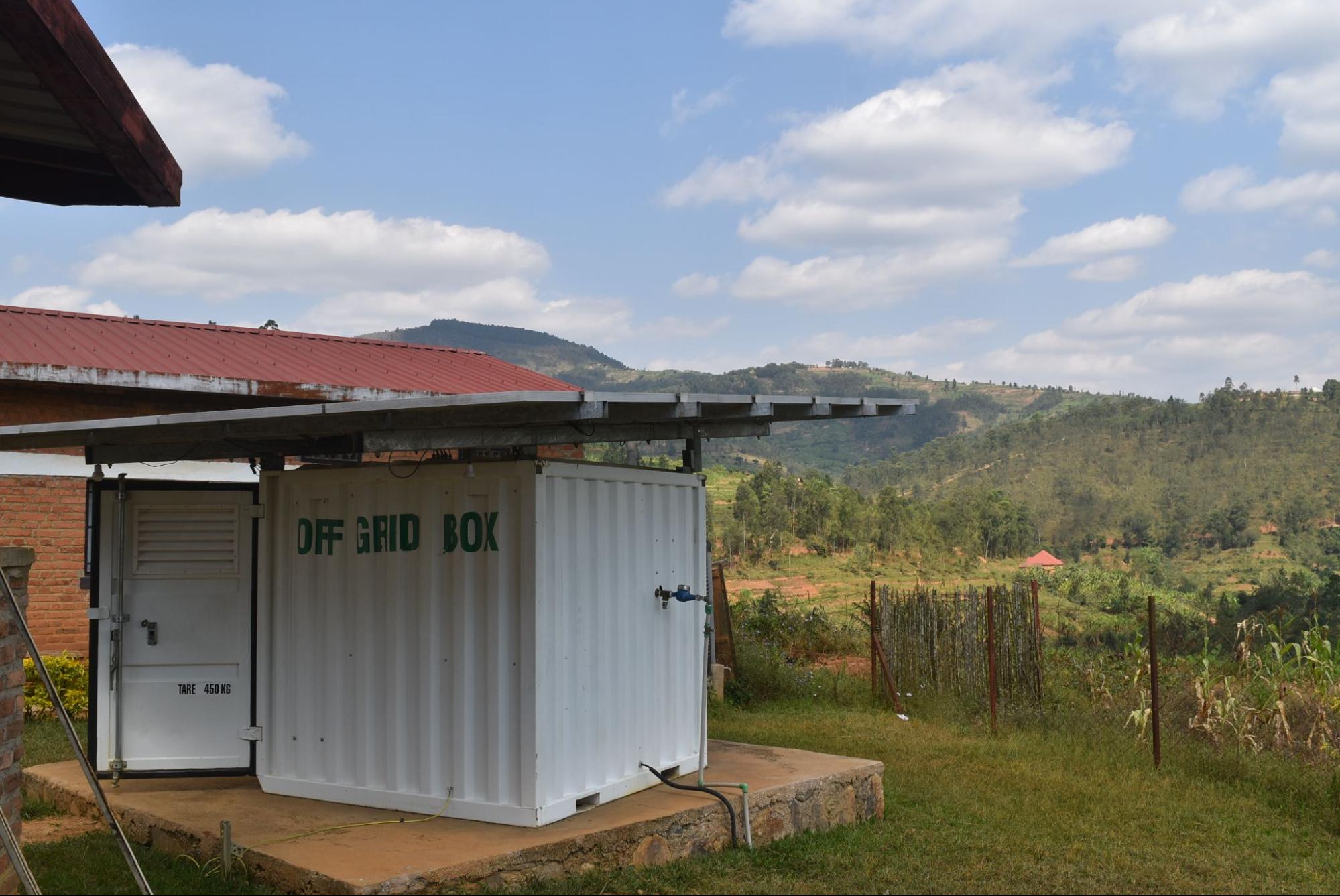
In Rwanda, Berger and Xhafa worked with Daniel Kammen, Professor of Energy and head of Berkeley’s Renewable and Appropriate Energy Laboratory (RAEL), who has long worked on evaluating the potential for off-grid power in the country and other nations in sub-Saharan Africa. Kammen became their MDevEng capstone advisor and helped kickstart the project by guiding research and remote work.
During the spring of 2022, Berger and Xhafa examined how Rwanda’s challenges with access to energy in remote areas have led to the implementation of new infrastructure such as off-the-grid systems that rely on solar panels to power small and medium-sized needs. Standalone off-grid solar has the potential to improve health services in remote villages with insufficient grid infrastructure. However, historically, most of these interventions have happened as ad-hoc initiatives from outside development practitioners, and the infrastructure’s maturity and sustainability has to be vetted.
Trained as engineers, but now with training in low-resource settings, both Xhafa and Berger knew these solutions needed to be assessed from multiple perspectives: technical robustness and feasibility, business model sustainability, and socio-cultural impacts. “The MDevEng program played a huge role in how I look at development interventions, as well as challenges to look out for in implementation,” says Berger.
Throughout their program, Berger and Xhafa worked with RAEL to analyze data from remote monitors placed in six Rwandan healthcare facilities to assess power quality and reliability generated by standalone solar boxes. PhD student Samuel Miles from RAEL had added remote sensors to them over a year ago to collect data on how well the stand-alone systems were operating in the country, without the need for someone to be constantly on-site to check. From there, Berger and Xhafa conducted in-depth analyses, asking questions like, “Does the existing energy system fulfill the needs of the clinic?” and “Are there more opportunities or challenges for more electricity?” and “Are there power disruptions throughout the day that are detrimental to the clinic?”
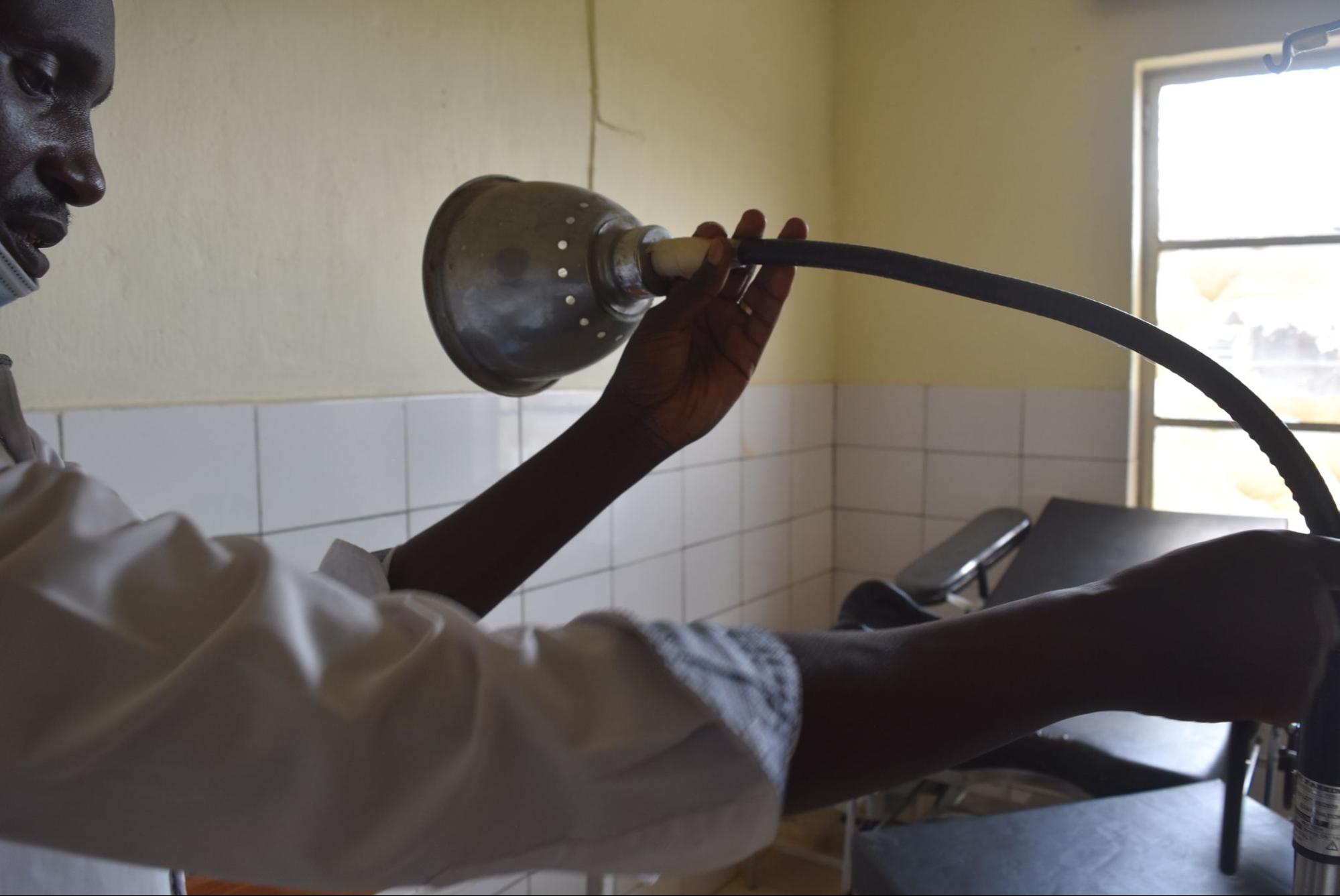
But this technical analysis alone doesn’t paint the full picture of what leads to the success or failure of an intervention. Berger and Xhafa needed to have on-the-ground discussions with clinic staff and community members to gather insights about the impact of this technology in the day-to-day. Last summer, the researchers spent a month in Rwanda examining eight health clinics, six of which had off-grid solar boxes installed with USAID support that provide solar power and clean drinking water to their facilities. The other two clinics were connected to the traditional power grid — a comparison point for understanding how the solar boxes’ electricity systems performed.
The duo recalls their journey in the country filled with surprises, from four car breakdowns to the incredible hospitality of the Rwandan people and extremely easy collaboration with the local staff. On a day-to-day basis, Berger and Xhafa coordinated with locals to visit those eight healthcare facilities, and with the help of a local translator, they spoke with the head of each one, as well as their nurses and doctors, to grasp the specialized needs and testimonies of each clinic. They toured the clinics to conduct inventory, perform basic energy audits and analysis, and provided clinic staff with a survey to obtain measurable data.
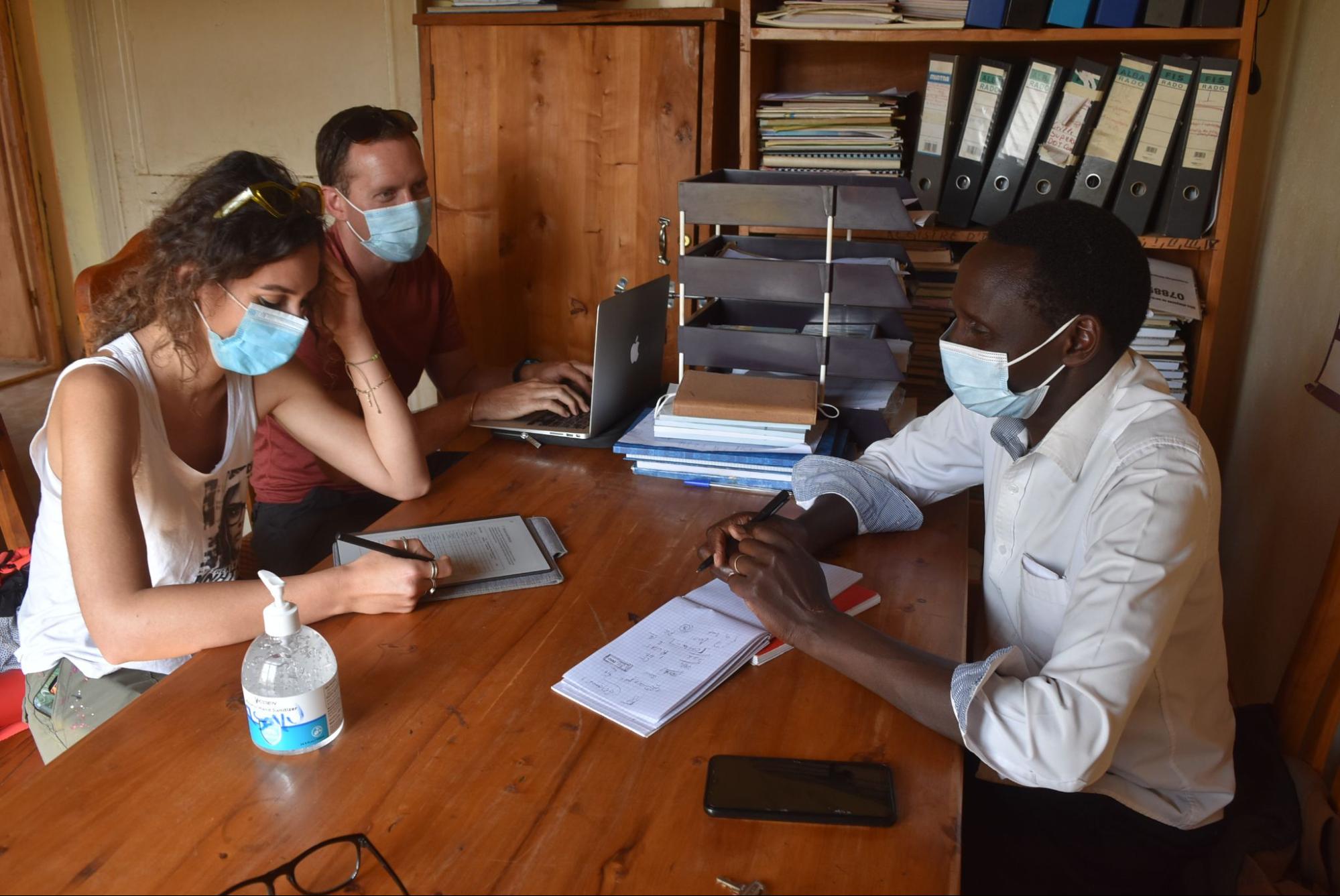
They found that most of these standalone systems provided quality power when operable, however differing clinic needs led to different levels of power consumption and down time. On top of that, the clinics were largely unable to fulfill their other objectives of providing electricity and water services to the community in a financially feasible way for the system operations.
The RAEL team concluded that the intervention had poor site selection from the beginning; areas were not densely populated enough to earn revenue from the productive use of electricity. On top of that, these standalone solar solutions did not consider the arrival of government-provided grid infrastructure which would negate the need for standalone systems. Plus, Xhafa says, “one solution fits all” may not be the best approach for all energy projects in Africa.
They also found the system sizing to be generic and that seasonal factors made a big difference in power adequacy. Involving the communities in the design and implementation processes could have avoided some of these problems. “We noted a lack of adequate training on system operation and uncertainty of how these systems will be sustainable once the equipment starts aging or when technical issues arise,” Berger says.
By the end, Berger and Xhafa, in conjunction with RAEL, quantitatively showed the challenges of a one-size-fits-all power system, and they hope these insights can provide some crucial information for similar initiatives. Standalone energy systems can be vital in remote areas with no grid reach, they say, but alternative financial models have to be explored and the economics behind the productive use of electricity understood.
Being trained with this mindset through the MDevEng program, the pair put a greater emphasis on the clinics’ communities, considering them as the customer of the solution and treating their testimonials as valuable insights alongside the hard data. Both Xhafa and Berger highlighted how valuable it was to have the community at the center of their research.
“They are hardworking and ingenious people who can solve their own problems,” Xhafa says. “The solutions suggested by the locals have the highest opportunity to be successful.”

